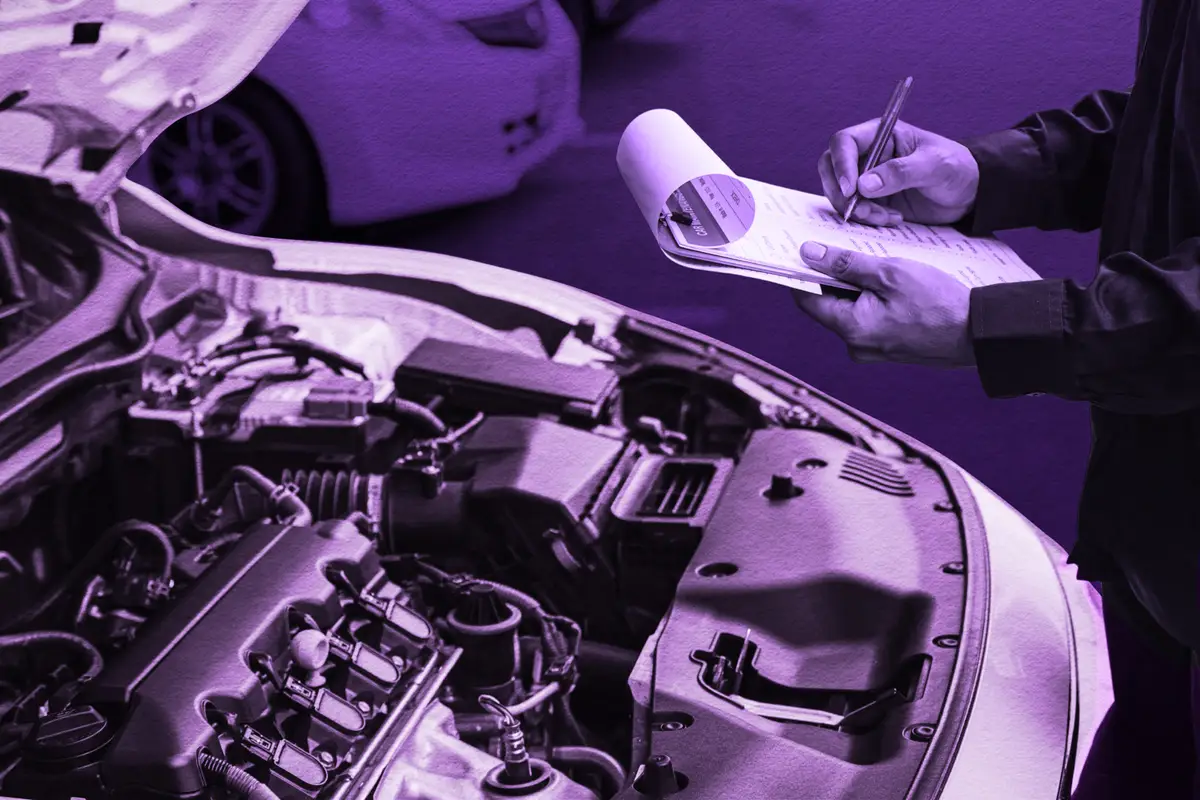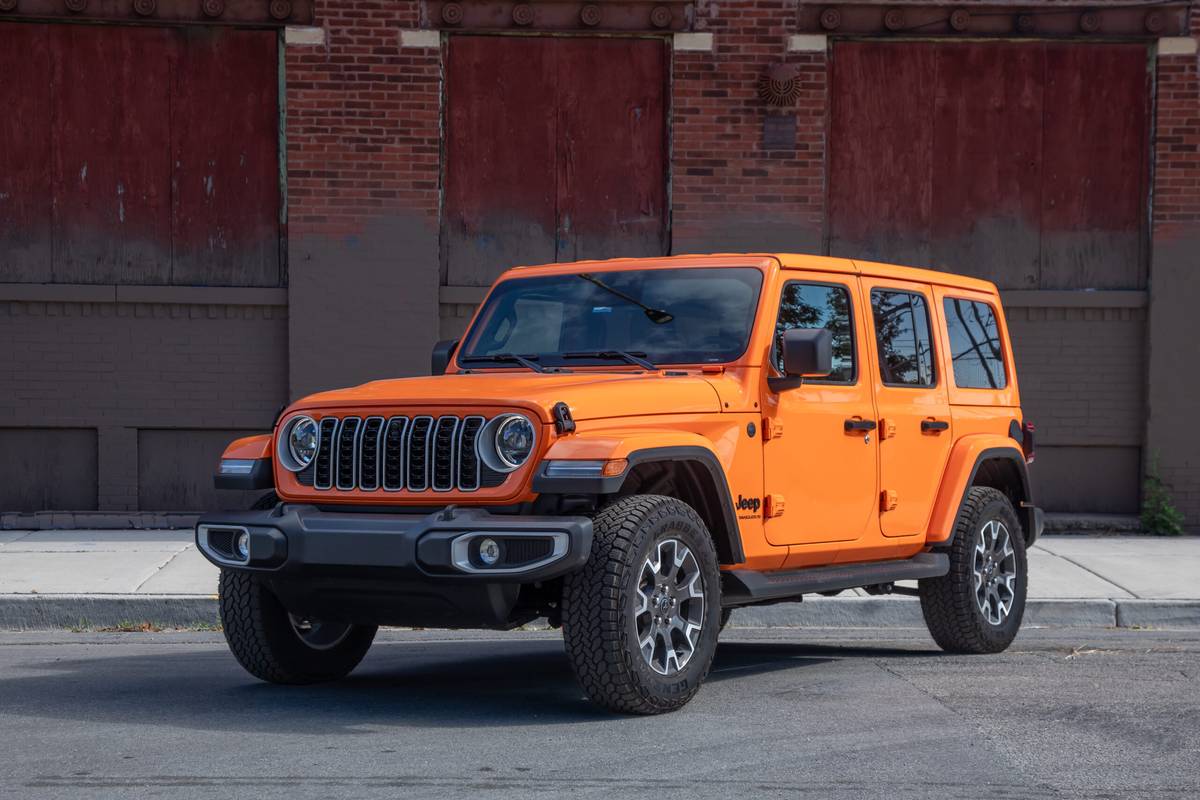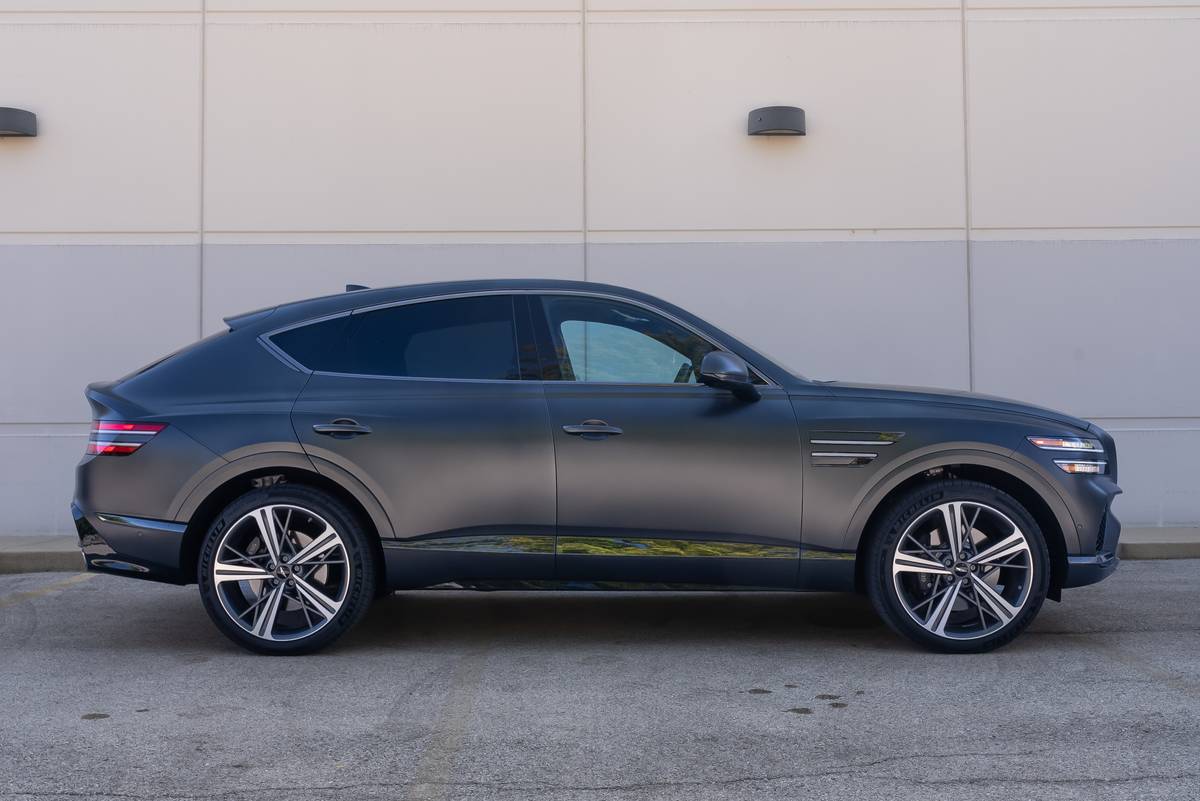AZCentral.com's view
Toyota Camry’s key to success is a simple one: Camry enjoys the best reputation for value and reliability on the planet, bar none.
So owning one’s a real no-brainer. You buy it, you drive it for many years without mishap (barring human error) and you trade it in for another one.
This is not a car meant to inspire, but to travel from Point A to Point B with the minimum of fuss.
For 1997, Toyota has revamped its Kentucky-built Camry, making it bigger and better. And, amazingly, less expensive.
After watching Ford struggle with the massive cost of overhauling its Taurus (with mixed results stylistically), Toyota seems to have blithely redone its mainstay sedan while still cutting back on its price tag by an average of about $900 across the board.
Toyota achieved this through some small, incremental economies, such as making the radio antenna part of the windshield, designing a less-expensive bumper system and eliminating the chrome finish on door-panel clips, which can’t be seen anyway.
The company also gained some savings by eliminating the coupe and station-wagon versions, and by seeking less-expensive outsourced materials.
Unlike Ford, Toyota played it safe with the styling. Less curvaceous and a bit more buttoned-down, the conservative look may play well in Peoria, but it won’t inspire much reaction one way or the other.
It drives the same way. Silky smooth, seamless and competent, the Camry does everything well, performing its driving chores with many admirable qualities. But it’s white bread, without much feedback or emotional appeal.
The steering is right on, but too light and featureless. The handling is firm and precise, but the suspension feels too isolated from the road. And the optional V-6 engine is strong and quiet, but too remote.
We’ve seen the same formula repeated at Acura and Infiniti, which are busily taming their luxury cars for the kinder, gentler behavior desired by American drivers.
A medium-priced, midsize sedan for Middle America, Camry is pretty well dialed into what U.S. motorists want in their cars.
In this fourth-generation Camry, the interior shows many improvements, including such niceties as more legroom and headroom, better-designed cup holders and a bigger glove compartment.
Despite the optional extras of the top-of-the-line XLE version we drove, the interior remained uninteresting. Comfortable, well-designed (especially the simple, clear gauges) and usable, yes. Interesting, no.
Our XLE also was loaded with options that put it perilously close to the higher-prestige ES300. It had a $1,200 stereo, $1,000 leather interior, $1,000 moonroof, a $549 spoiler (successfully wrecking its profile) and a $1,425 “Elite” package (providing the Camry with exceedingly tacky gold lettering and emblems on the outside, and far too many wood accents inside).
Obviously, there was $5,000 worth of unnecessary cargo on board. Basic Camrys, powered by four-cylinder engines, can be had as low as $16,500.
On the road, the V-6 engine, providing slightly more horsepower and torque over last year, runs exceedingly smooth and quiet, with lots of available power at all speeds. Unfortunately, it requires high-octane gas, a significant expense.
The engine was linked up with one of the best automatic transmissions anywhere.
Handling is tight and precise, credit going to a well-sorted suspension, good balance and a very rigid platform. The ride is too soft, though, and the car will get sloppy on undulating roads and rough surfaces, especially in turns.
Whatever the compromises, the new Camry has success written all over it, and it should easily maintain its status as one of the top-selling automobiles in America (just behind the Ford Taurus and the Honda Accord).
Toyota knows exactly what it’s doing with its midsize sedan.
And it keeps gettingbetter at it.
1997 Toyota Camry
Vehicle type: Five-passenger, four-doo r seda n, front-wheel-drive. Base price: $24,018. Price as tested: $29,942. Engine: 3-liter V-6, 194 horsepower at 5,200 rpm, 209 pound-feet of torque at 4,400 rpm. Transmission: Four-speed automatic. Curb weight: 3,230 pounds. Length: 188.5 inches. Wheelbase: 105.2 inches. Safety features: Dual air bags, anti-lock brakes. EPA fuel economy: 19 mpg city, 26 mpg highway. Highs: More room. More power. Lower price. Lows: Bland styling. Soft suspension. Light steering. Lack of driving fun.
Latest news


10 Biggest News Stories of the Week: Jeep Wrangler Rides on Audi E-Tron GT, Chrysler Pacifica Hybrid

